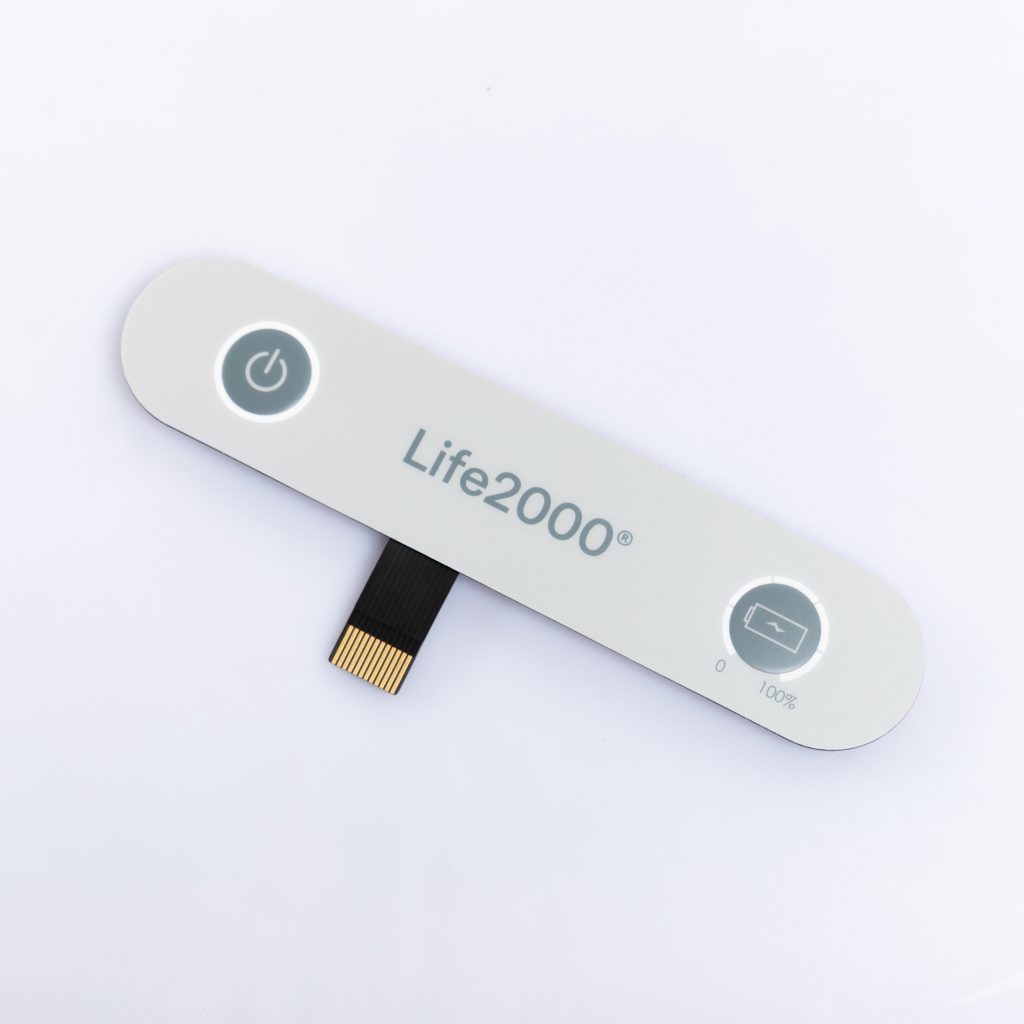Color Design of Membrane Switches: Enhancing Functionality and Aesthetics
Introduction
Membrane switches are integral components in various electronic devices, offering an intuitive and efficient user interface. The color design of membrane switches plays a crucial role in both enhancing their functionality and aesthetics. By utilizing strategic color choices, designers can create visually appealing interfaces that effectively convey information and improve user experience. In this article, we will explore the importance of color design in membrane switches and delve into various aspects related to its implementation.



Table of Contents
-
1.Understanding the Significance of Color Design
Membrane switches serve as the primary interface between users and electronic devices, allowing them to input commands and interact with the system. Effective color design can significantly enhance the usability and visual appeal of these switches, leading to improved user experience and increased customer satisfaction.
-
2.Psychological Impact of Colors
Colors have a profound psychological impact on human emotions and behavior. They can evoke certain feelings, associations, and even affect decision-making processes. Understanding the psychological impact of colors is essential when designing membrane switches to ensure that the chosen colors align with the intended purpose of the device and the target audience.
-
3.Color Theory and Membrane Switches
Color theory is a fundamental aspect of designing effective membrane switches. By understanding color combinations, contrasts, and harmonies, designers can create visually balanced and aesthetically pleasing interfaces. Applying color theory principles can help guide the selection and arrangement of colors to achieve optimal results.
-
4.Color Selection Considerations
When choosing colors for membrane switches, several considerations come into play. Factors such as the intended function of the device, environmental conditions, user demographics, and branding guidelines all influence color selection. By carefully considering these factors, designers can create switches that align with the product’s purpose and user expectations.
-
5.The Role of Contrast
Contrast plays a vital role in the readability and usability of membrane switches. By selecting colors with high contrast, designers can ensure that the information displayed on the switch is easily distinguishable, even in varying lighting conditions. Adequate contrast is particularly crucial for users with visual impairments or in situations where visibility is limited.
-
6.Usability and Accessibility
Usability and accessibility should be at the forefront of color design for membrane switches. By considering factors such as color blindness, readability, and ease of use, designers can create interfaces that cater to a wide range of users. Adhering to accessibility standards ensures inclusivity and enables individuals with visual impairments to interact seamlessly with electronic devices.
-
7.Branding and Visual Identity
Membrane switches often serve as a branding element for electronic devices. Consistency in color schemes, typography, and overall visual identity across different components, including membrane switches, helps establish a strong brand presence. Color design should align with the brand’s personality, values, and target audience to create a cohesive and memorable user experience.
-
8.Aesthetics and User Experience
Aesthetics play a significant role in user experience, influencing perceptions of quality, professionalism, and overall satisfaction. By employing thoughtful color design, membrane switches can elevate the visual appeal of electronic devices, making them more attractive to users. Aesthetically pleasing interfaces can enhance user engagement and create a positive impression of the product.
-
9.Practical Application of Color Design
In practice, the implementation of color design involves selecting appropriate colors for different elements of a membrane switch. Key considerations include button colors, background colors, iconography, and text. By strategically assigning colors to specific functions or information, designers can enhance clarity and ease of use.
-
10.Implementing Backlighting
Backlighting is a popular technique used in membrane switches to improve visibility in low-light conditions. It allows users to interact with the device even in the absence of external lighting. Careful selection of backlight colors, brightness levels, and diffusion techniques ensures optimal visibility and readability.
-
11.Industry-Specific Color Guidelines
Different industries may have specific color guidelines or standards that designers must adhere to when creating membrane switches. For example, the medical industry often requires color-coded switches to indicate the functionality of various controls. Adhering to industry-specific color guidelines ensures consistency and facilitates intuitive use of the device within its intended context.
-
12.The Future of Color Design in Membrane Switches
As technology continues to advance, the possibilities for color design in membrane switches are expanding. With the advent of flexible displays, customizable lighting, and advanced materials, designers can create even more immersive and visually striking interfaces. The future holds exciting opportunities for pushing the boundaries of color design and its integration with other emerging technologies.
-
13.FAQs
- How does color design impact user experience?
Color design significantly impacts user experience by influencing readability, usability, and aesthetics. Well-designed color schemes enhance clarity, facilitate intuitive use, and create visually appealing interfaces that leave a positive impression on users.
- What role does color contrast play in membrane switches?
Color contrast is crucial in membrane switches as it ensures the readability and distinguishability of displayed information. High contrast between colors enhances visibility, especially in varying lighting conditions, and aids users with visual impairments.
- How can color design contribute to branding?
Color design plays a vital role in branding by creating visual consistency and aligning with a brand’s personality. Membrane switches that adhere to a brand’s color scheme and visual identity contribute to brand recognition, professionalism, and a cohesive user experience.
- Are there industry-specific color guidelines for membrane switches?
Yes, different industries may have specific color guidelines for membrane switches. For instance, the medical industry often employs color-coded switches to indicate specific functions or controls. Adhering to industry-specific color guidelines ensures usability and familiarity within specific contexts.
- What is the future of color design in membrane switches?
With advancing technology, the future of color design in membrane switches holds exciting possibilities. Flexible displays, customizable lighting options, and advanced materials offer opportunities for more immersive and visually striking interfaces, enhancing user experiences further.
- How can backlighting enhance the functionality of membrane switches?
Backlighting in membrane switches improves visibility in low-light conditions, enabling users to interact with the device more easily. Careful selection of backlight colors, brightness levels, and diffusion techniques ensures optimal readability and usability.
-
14.Conclusion
The color design of membrane switches plays a crucial role in their functionality, usability, and aesthetics. By considering factors such as psychological impact, color theory, contrast, usability, and accessibility, designers can create visually appealing and intuitive interfaces. With careful color selection and implementation, membrane switches can enhance user experience, contribute to branding efforts, and create a lasting positive impression on users.
